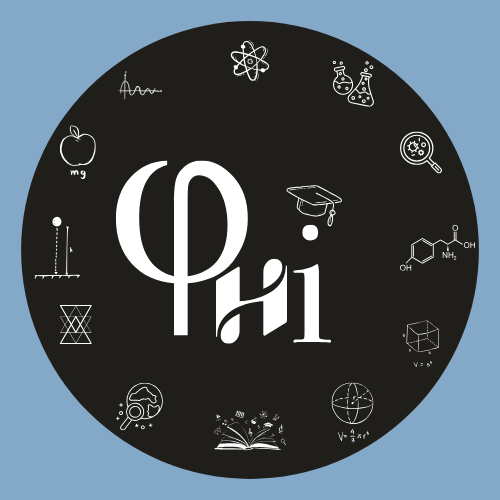
The concept behind Poly Histors Institute (Phi):
Polyhistors, also known as polymaths or Renaissance individuals, are individuals who possess extensive knowledge across multiple disciplines. They embody the spirit of intellectual curiosity and thrive on acquiring diverse information and skills. Polyhistors have a remarkable ability to connect seemingly unrelated concepts and draw upon various fields to solve complex problems. These versatile individuals possess a deep appreciation for both the arts and sciences, seamlessly moving between subjects such as literature, mathematics, philosophy, and the natural sciences. With their broad knowledge base and multidisciplinary approach, polyhistors play a vital role in pushing the boundaries of human understanding and innovation, fostering creativity and intellectual advancement in our ever-evolving world.
Phi – The Golden Ratio (Φ)
The golden ratio, often represented by the mathematical constant phi (Φ), is a proportion that has fascinated artists, architects, mathematicians, and scientists for centuries. It is a special ratio where the ratio of the sum of two quantities to the larger quantity is equal to the ratio of the larger quantity to the smaller one. This ratio, approximately 1.618, has been observed in various natural phenomena, highlighting its significance in nature.
One of the most notable examples of the golden ratio in nature is found in the growth patterns of many plants and flowers. The arrangement of leaves, petals, and branches often follows a spiral pattern that conforms to the golden ratio. This can be observed in the arrangement of sunflower seeds, the spirals of a pinecone, or the branching of a tree. The inherent harmony and aesthetic appeal of these structures can be attributed to the proportion dictated by the golden ratio.
Furthermore, the golden ratio can be found in the proportions of animal bodies. For instance, the ratio of the length of a human forearm to the length of the hand and fingers is close to the golden ratio. This proportion is also evident in the dimensions of seashells, the wings of butterflies, and the proportions of the human face. It is believed that these harmonious proportions contribute to our perception of beauty and balance.
In addition to aesthetics, the golden ratio has practical applications in fields such as architecture and design. Many architects and designers employ the golden ratio to create visually appealing and well-balanced structures. Buildings like the Parthenon in Greece and the Pyramids of Egypt are known to incorporate this ratio in their design.
The prevalence of the golden ratio in nature suggests that it is more than a mere coincidence. It reflects a fundamental harmony and balance that exists in the natural world. Whether by evolutionary advantage or by the laws of physics and mathematics, nature seems to favor proportions that adhere to the golden ratio. Studying and understanding this phenomenon can deepen our appreciation for the intricate beauty and inherent order found in the natural world.

